DIY Fold-Down Wall Desk: A Legacy Solution for Modern Living
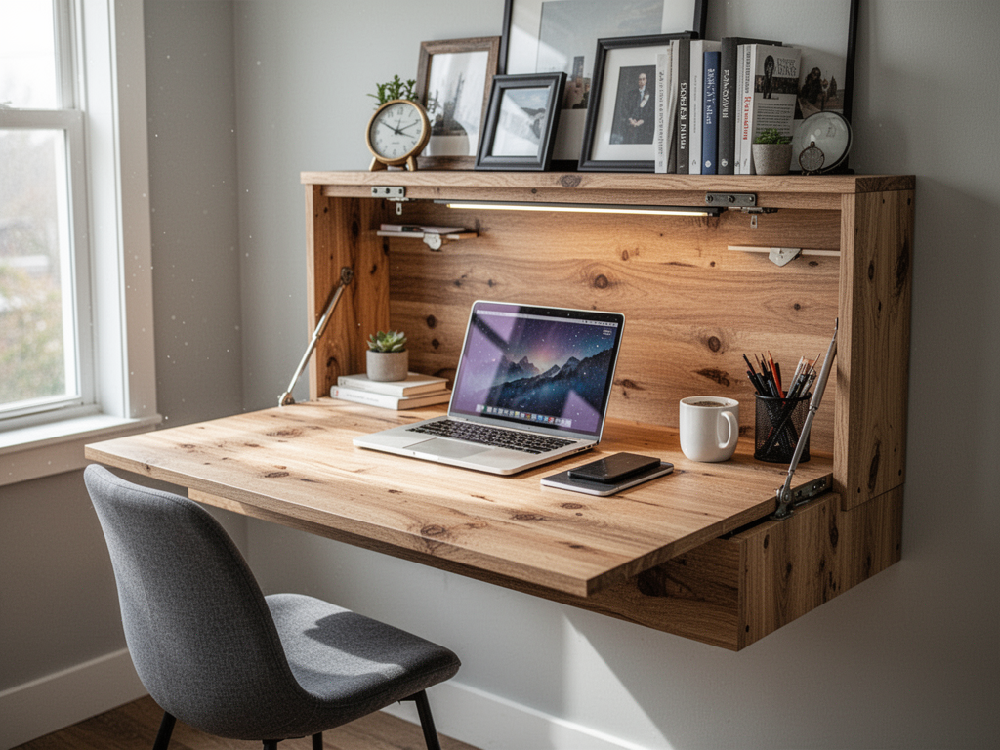
In every era, smart homes have prioritized space efficiency. Long before open-plan living became fashionable, wall-mounted furniture quietly did the heavy lifting. This DIY fold-down wall desk revisits that proven concept and upgrades it for today’s hybrid lifestyle.
Why This DIY Still Wins
From a strategic standpoint, this project delivers immediate ROI:
• Space optimization without structural compromise
• Low-cost execution using familiar materials
• Operational flexibility for work, study, or planning
It’s a classic solution, refined with modern intent.
What You’ll Need
• Plywood or MDF board
• Heavy-duty wall hinges
• Folding brackets or chains
• Wall anchors and screws
• Drill, level, screwdriver
• Paint or wood stain (neutral tones age best)
Execution Framework
Define the footprint
Identify unused wall space. Traditional layouts favor corners or transitional zones—hallways, kitchens, or bedrooms.
Prepare the surface
Sand and finish the board. Conservative color choices ensure longevity and resale appeal.
Install with precision
Secure hinges to studs. Structural integrity is non-negotiable—this is where old-school craftsmanship matters.
Add support mechanics
Folding brackets or chains stabilize the desk during use and retract cleanly when not needed.
Finalize and deploy
Mount, test weight tolerance, and refine alignment.
Strategic Use Cases
• Compact home offices
• Homework stations
• Kitchen planning desks
• Small-business admin corners
This is a functional asset, not decorative clutter.
Closing Position
Good DIY isn’t about trends—it’s about repeatable value. The fold-down wall desk has endured because it works. By executing it with modern tools and disciplined design choices, you’re not just saving space—you’re future-proofing it.
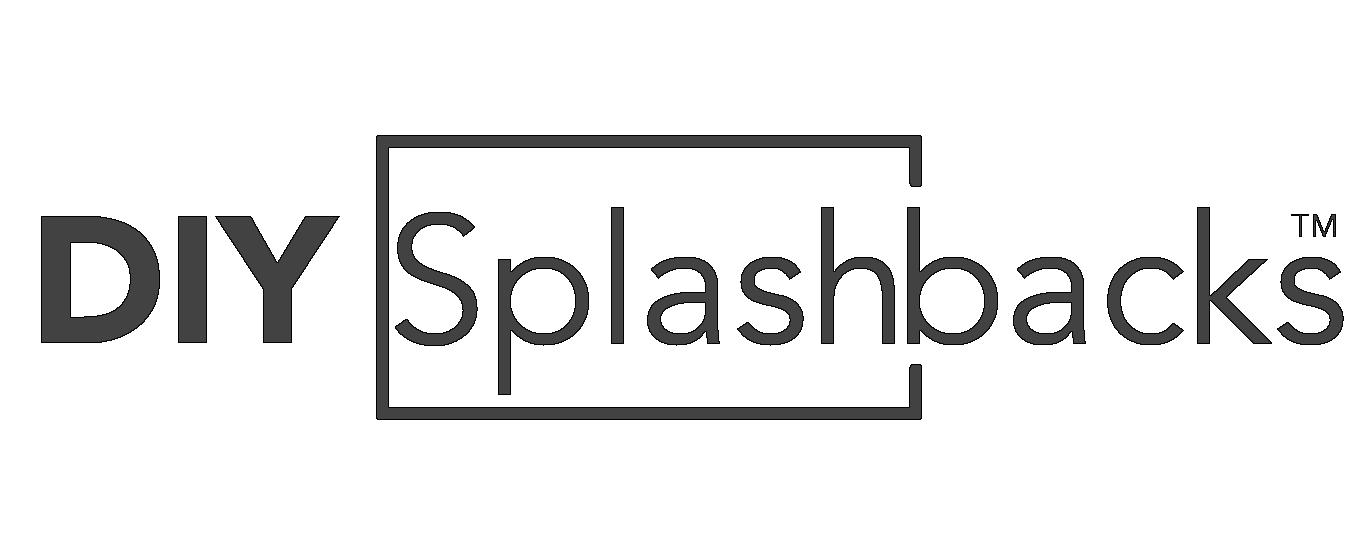
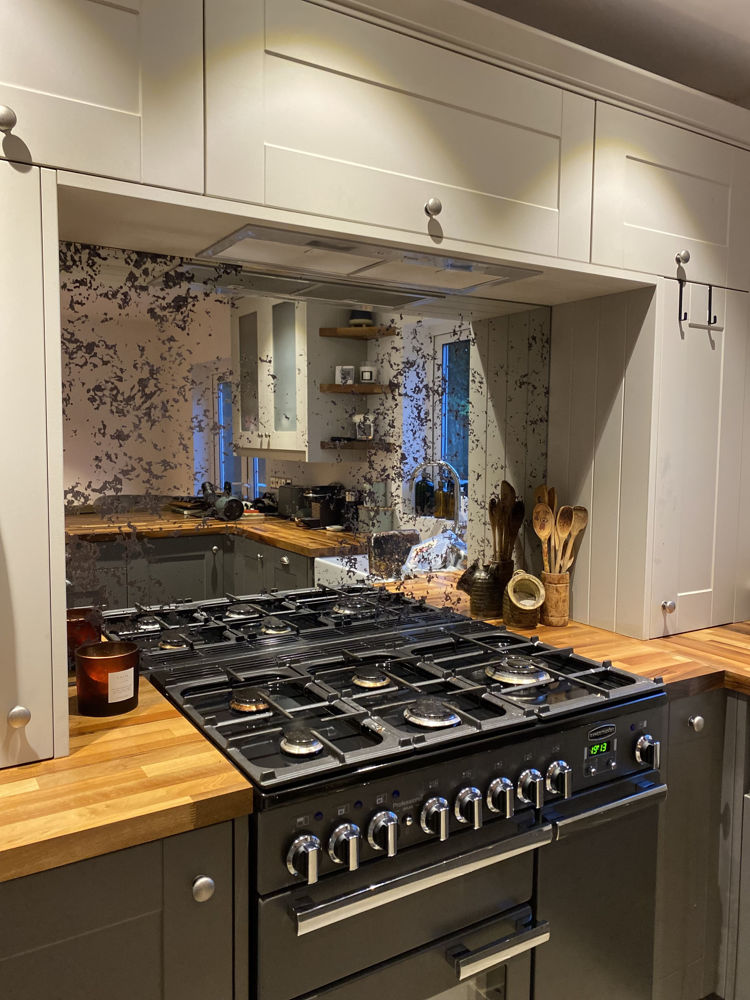
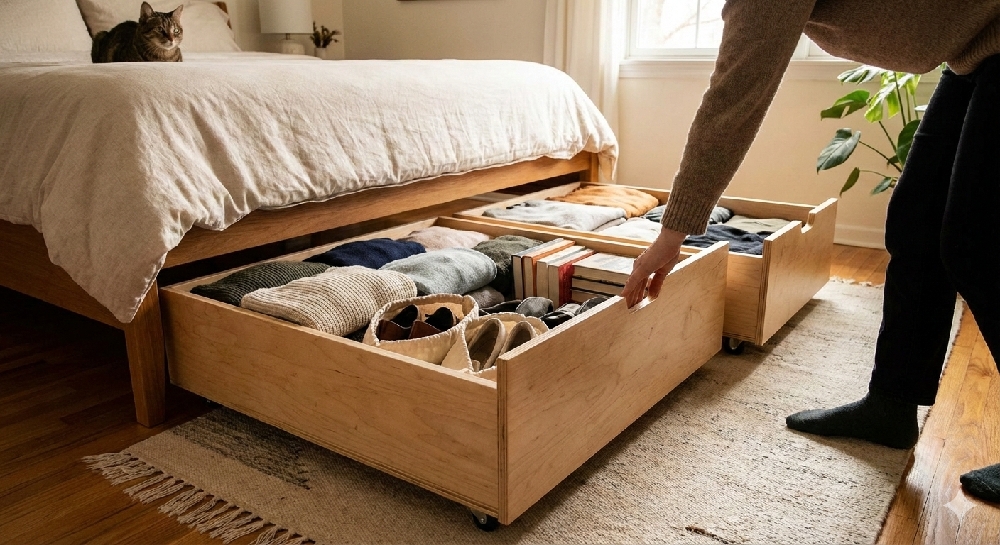
_1000.png)
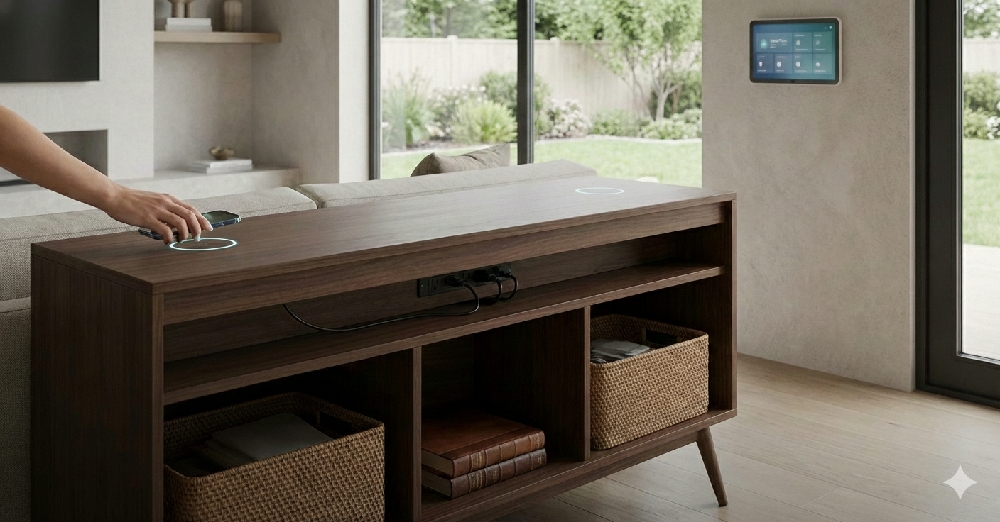
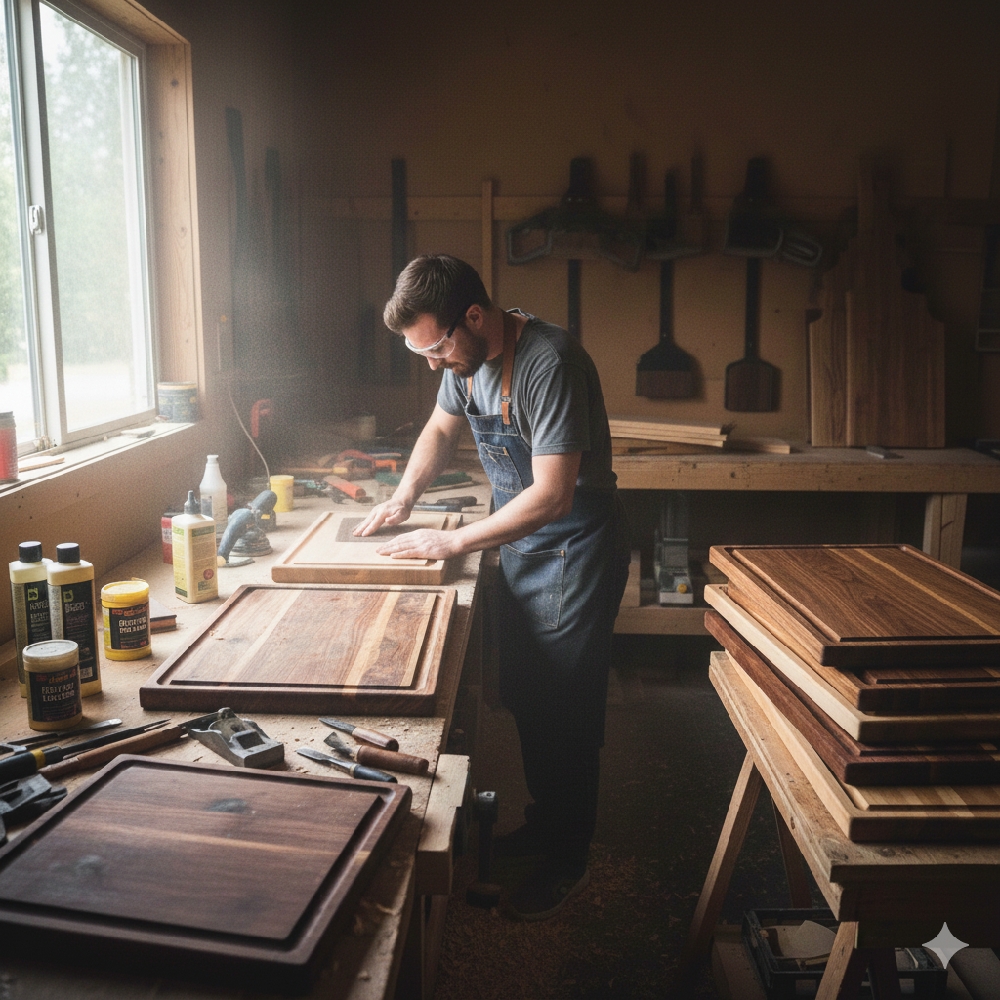

_1000.jpeg)

